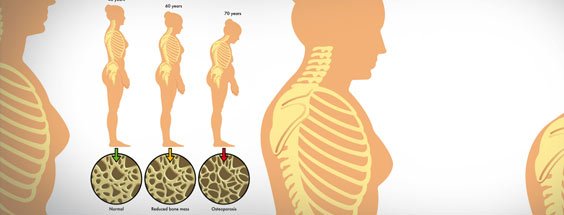
Osteoporosis referees to ' thin bones' that are porous in nature and susceptible to collapse and breakage . I often describe good bones as being like thick , multilevel scaffolding that will never shake in even the strongest storm. Osteoporotic bone in contra distinction is like a cheap scaffold, thin and fragile that will snap in the slightest gust.
Therefore it is preferable to identify osteoporosis ( by DXA scanning ), and if indicated , to start treatment that will not abolish your risk for fracture , but substantially reduce it.
The presence of thin bones ( be it osteopenia or osteoporosis) needs to be investigated as there may be underlying causes that are the culprit and in this case , you would treat the underlying cause rather than the osteoporosis itself .
There is also the misunderstanding , that if you have a hip fracture ( for example ), but a 'normal' DXA , that you do not have osteoporosis . This is INCORRECT and a myth. The presence of a fracture alone is consistent with the diagnosis.
The DXA scan is a lovely instrument to give a numerical value to your bone 'thinness ' and ultimately may guide the decision about different classes of therapy . Most importantly , you should get your DXA done ALWAYS in the same institution ( and NOT be switching around ).
Finally , the recommended MINIMUM time between DXA scanning is two years .

Diabetes, Endocrinology & Metabolism